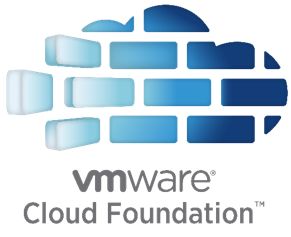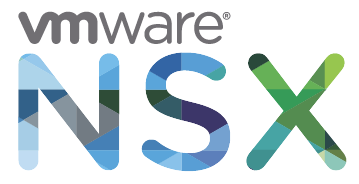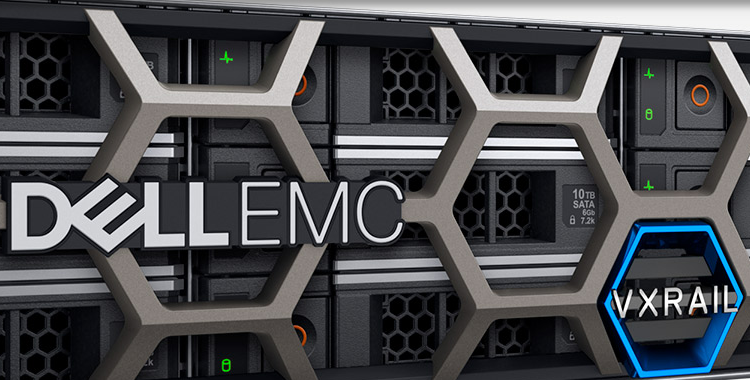VMware Cloud Foundation(VCF) is VMware’s integrated SDDC platform for private and hybrid cloud infrastructures. This software package integrates VMware’s Compute, Storage and Network Virtualization solutions with a centralized automated lifecycle management tool call SDDC Manager. The core components of VCF are vSphere (Compute), vSAN (Storage) and NSX (Network & Security). VMware vRealize Suite can also be optionally added to VCF to increase the capability of SDDC infrastructure with performance & capacity Management and cloud management. Since VCF 3.8 beside running normal virtual machine workloads, you can also run containers with use of VMware Enterprise PKS.

To start implementing VCF at least seven ESXi hosts is needed, four for Management Workload Domain(WLD) which hosts infrastructure components of SDDC and another three host for running actual infrastructure WLD. These nodes can be vSAN ready nodes or you can take advantage of DellEMC’s VxRAIL platform and run more integrated Hyper-converged(HCI) platform. The Management WLD brought up with use of special virtual appliance call Cloud Builder. This awesome tool brings up four first nodes in management cluster alongside Platform Service Controllers(PSC), vCenter Servers, NSX manager & controllers and vRealize Log Insight. After the initial bring up process VCF infrastructure management will be done through SDDC Manager.
Continue reading “Introduction to VMware Cloud Foundation (VCF)”



